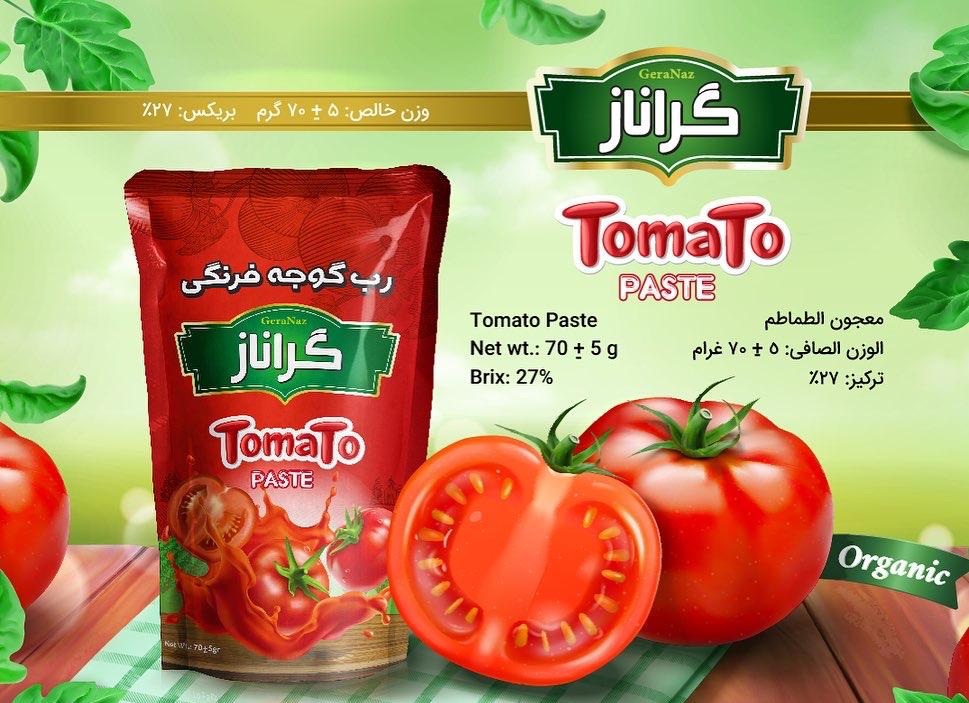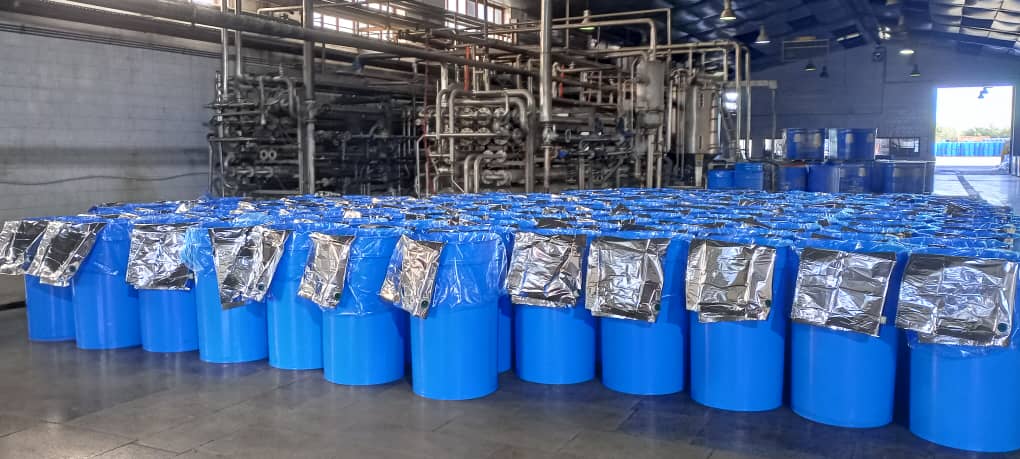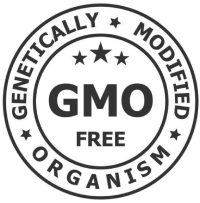Tomato and Tomato Paste: A Versatile Ingredient and Its Concentrated Form
Introduction:
Tomatoes are widely regarded as a staple ingredient in various cuisines around the world. It comes as no surprise that tomato paste, the concentrated form of tomatoes, serves as an essential ingredient in many dishes as well. This article explores the characteristics, production process, culinary applications, nutritional value, and storage tips for both tomatoes and tomato paste.
Characteristics of Tomatoes:
Tomatoes are a vibrant, plump fruit that comes in various shapes, sizes, and colors, including red, yellow, green, and even purple. Their juicy flesh is rich in natural sugars, acids, and a wide array of essential vitamins and minerals. Tomatoes’ flavor profile can range from sweet to tangy, depending on the variety and level of ripeness.
Production Process of Tomato Paste:
Tomato paste is the condensed form of tomatoes obtained by removing the seeds and skin, then cooking and reducing the fruit’s liquid content. The tomatoes are first harvested and sorted, ensuring only ripe and high-quality tomatoes are used. After washing and blanching, the tomatoes are crushed or pureed, followed by a slow cooking process to evaporate excess moisture. The resulting thick, concentrated paste is then strained and packaged.
Culinary Applications:
Tomatoes and tomato paste are incredibly versatile ingredients used in countless culinary creations. Fresh tomatoes are frequently enjoyed in salads, sandwiches, pasta dishes, sauces, and salsas. Tomato paste, with its concentrated flavor, is exceptionally useful in enhancing the taste and color of soups, stews, curries, gravies, and pizza sauces. It serves as a base ingredient for many iconic dishes, such as Bolognese sauce, chili, and marinara sauce.
Nutritional Value:
Both tomatoes and tomato paste offer several health benefits. Tomatoes are an excellent source of vitamins A, C, and K, as well as potassium and dietary fiber. They also contain lycopene, a potent antioxidant known for its potential role in reducing the risk of chronic diseases. Tomato paste, being a concentrated form, contains higher levels of lycopene compared to fresh tomatoes. Additionally, the cooking process of tomatoes, as in tomato paste, helps release more lycopene, making it more bioavailable to the body.
Storage Tips:
Fresh tomatoes are best stored at room temperature with the stem side up, away from direct sunlight. To extend their shelf life, keep them away from ethylene-producing fruits like apples and bananas. Tomato paste, on the other hand, can be stored conveniently in the refrigerator after opening. It is advisable to transfer it to an airtight container to prevent spoilage.
Conclusion:
Tomatoes and tomato paste are invaluable ingredients in the culinary world, adding depth, flavor, and nutritional value to a wide variety of dishes. Whether used in fresh or concentrated form, their versatility and health benefits make them essential components of countless recipes worldwide. So, the next time you’re creating a delicious meal, be sure to include tomatoes or tomato paste for that delightful burst of flavor.
#tomato paste #70 gr tomato paste #aseptic tomato paste #geranaz tomato paste













